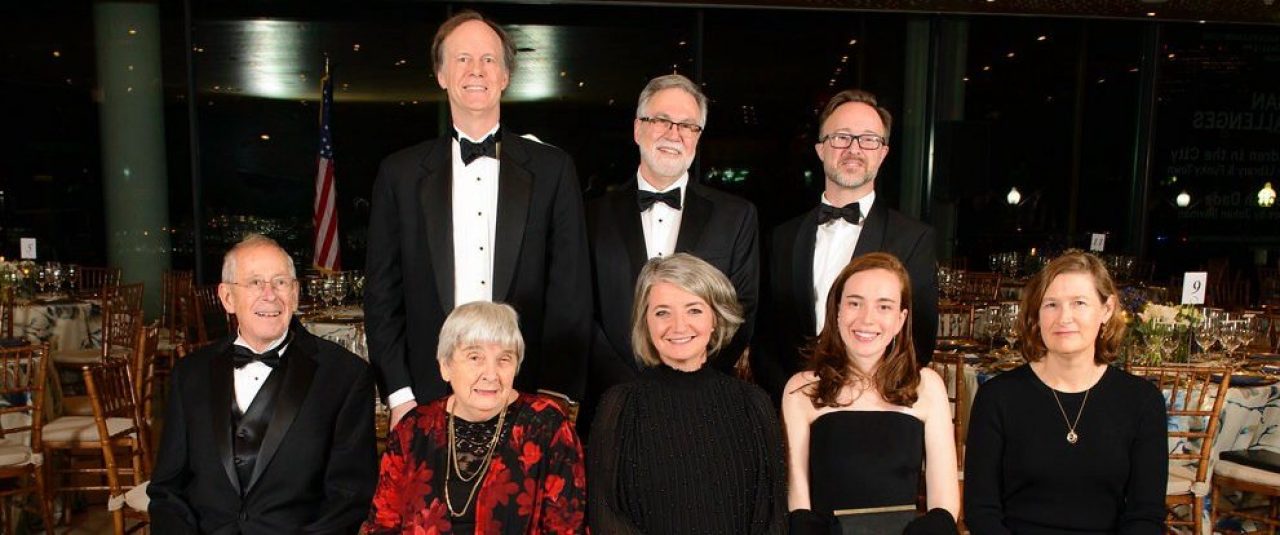As a prestigious group of doers, thinkers, explorers and innovators gather in Stockholm, Sweden today for the annual Nobel Prize ceremony, I am thinking back to last month when the House of Sweden in Washington, D.C. played host to one of the highlights of the year’s social calendar — the annual fete to American Nobel laureates. It was a demonstration of the prowess of the Nobels in seeking to know the unknown.
The glamorous evening is always a celebration of excellence, a true gathering of giants hobnobbing with the upper echelons of Washington elite. It is a part of the storied Nobel history.
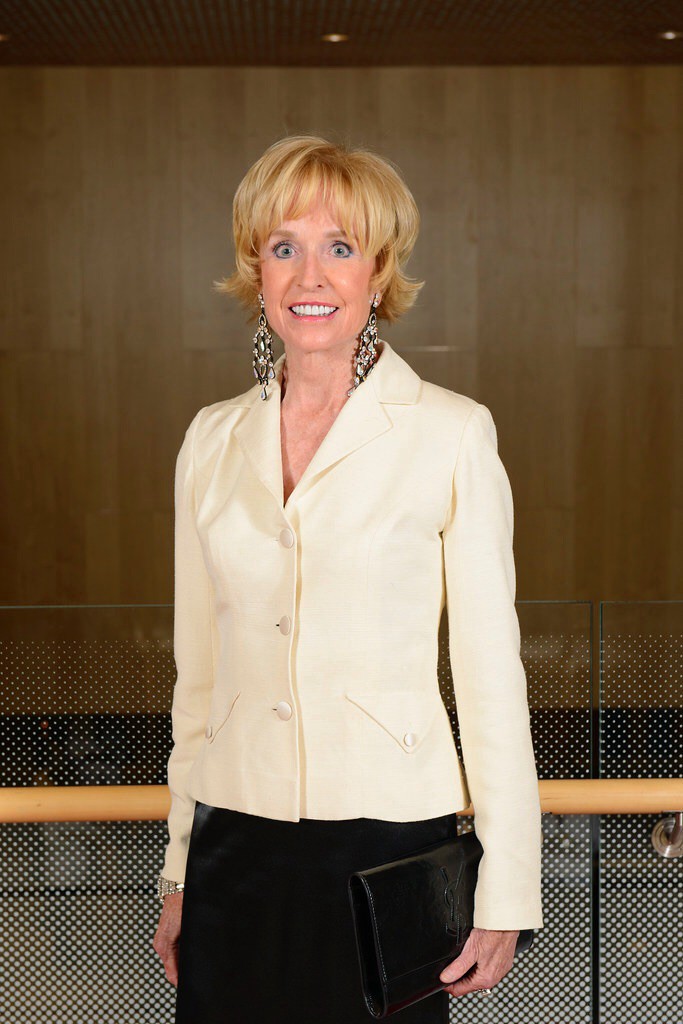
Born in Stockholm, Alfred Nobel was a prominent Swedish businessman and philanthropist. He was also a prolific inventor. During his life, he held more 355 different patents. When he died in 1895, he dedicated most of his estate towards the creation of a new award — the Nobel Prizes — to celebrate excellence and distinction in the humanities. The Nobel Prize was born!
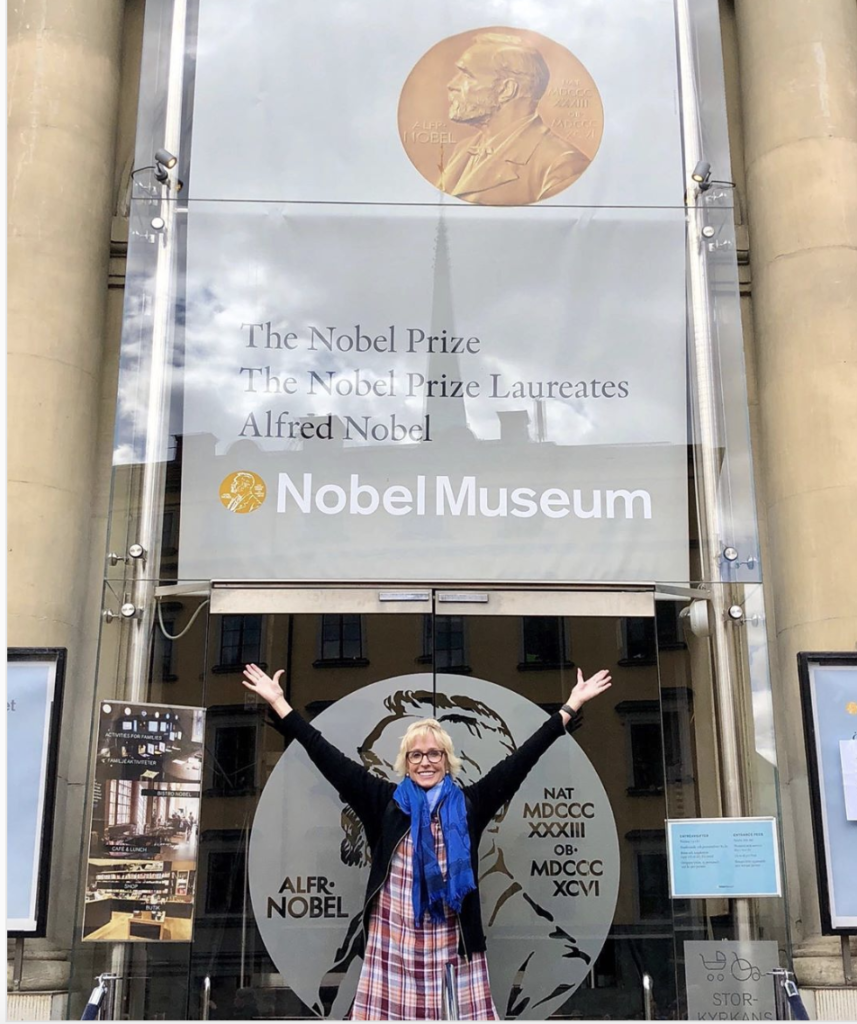
Each year on the anniversary of Nobel’s death, December 10th, an Award Ceremony is held in Stockholm where each recipient steps forward in the majestic Stockholm Concert Hall to receive their award from the King of Sweden. An elaborate banquet follows, at the grand Stockholm City Hall.
This year’s American Nobel laureates are leaders at the apex of their fields in physics, chemistry, medicine, and economics.
Dr. James Pebbles, the 2019 Laureate in Physics, is recognized for helping gain a greater understanding of “the evolution of the universe and the Earth’s place in the cosmos.”
His greatest lesson? That we need to remember that every sight or sense since the dawn of mankind — every scent, every color, every microscopic organism — is only about 5% of what exists in the universe. That leaves 95% out there, as dark matter or dark energy, still to be learned and discovered.
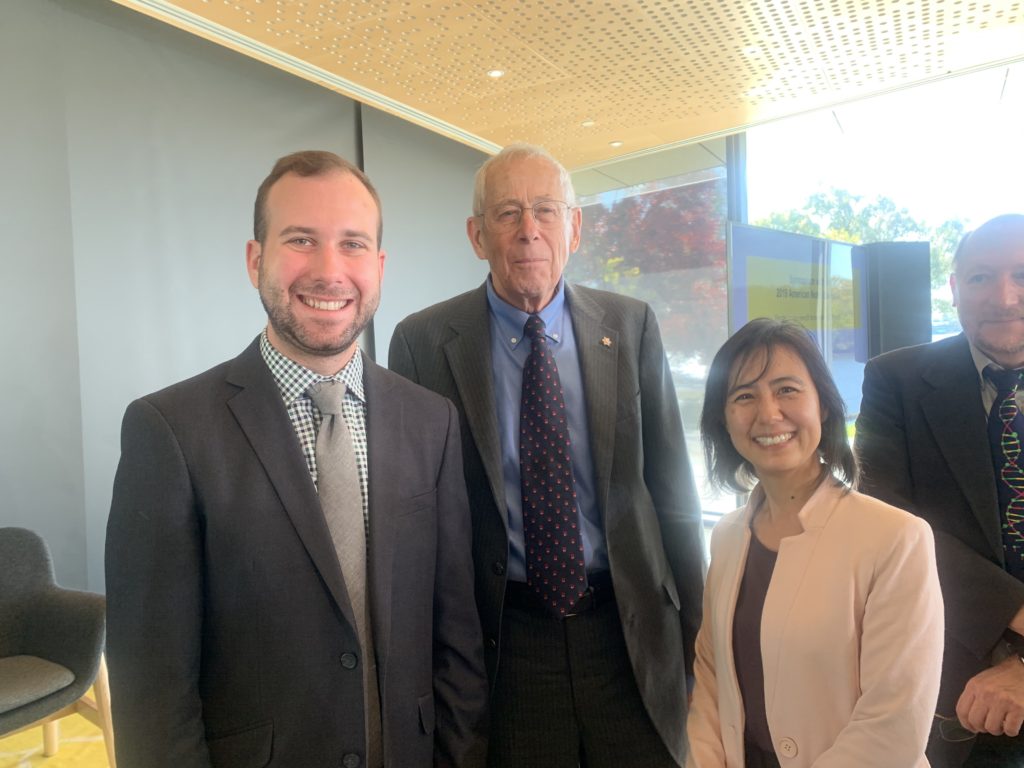
There is so much that we still do not even know about our very cores — the human body.
Dr. Gregg Semenza and Dr. Bill Kaelin, the 2019 Laureates in Medicine, are recognized for studying how cells in the human body respond and adapt to changes in oxygen levels. Could these changes impact, for example, the growth of tumors in the body? This is part of the research currently underway at the John Hopkins School of Medicine in Baltimore and the Dana Farber Cancer Institute. The implications of this groundbreaking research could be far-reaching for the future of how we treat disease and think about modern medicine.
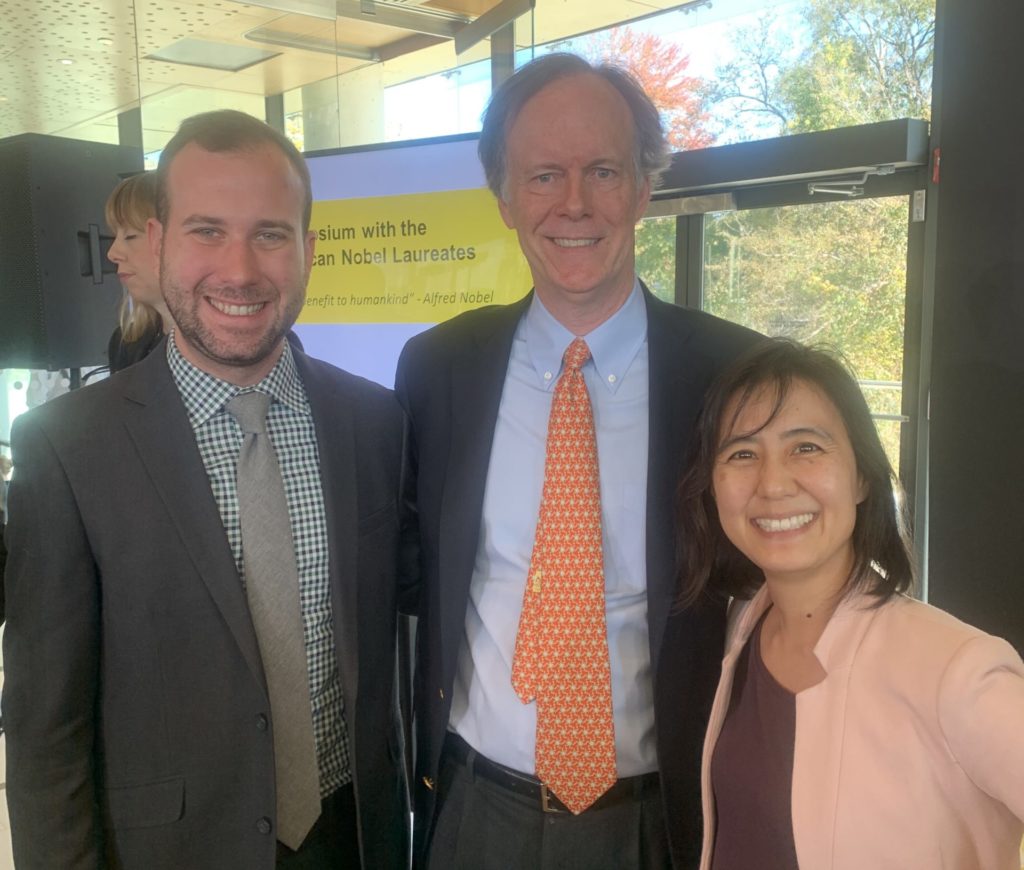
The rules of the Nobel Foundation stipulate that each recipient is required to deliver a public lecture on their topic during Nobel Week. For many, it is the largest stage and the highest honor of lifetime.
To prepare, the American Nobels participated in a symposium at the House of Sweden in November, where they spoke about their discoveries to a group of experts, academics, organization leaders and diplomats. I was struck by how, for all of their intelligence and intellect, they were able to relate their work directly to the diverse and curious crowd. That is, itself, a unique and special skill.
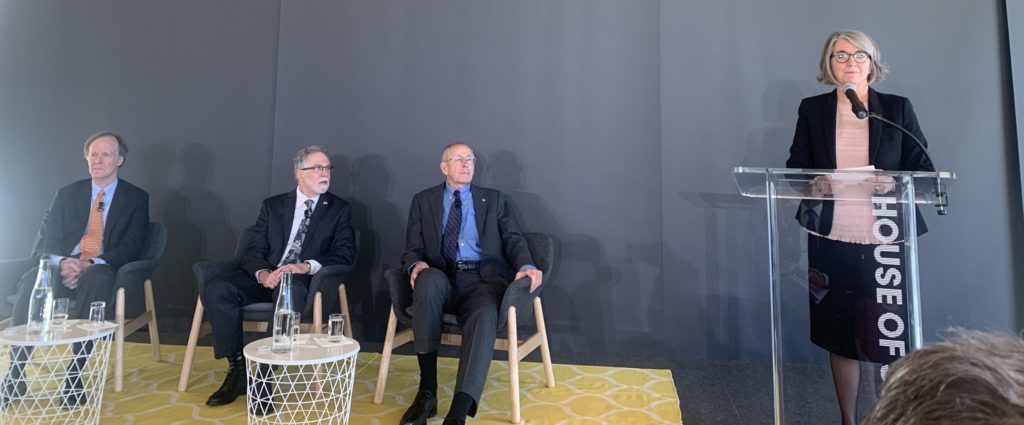
Each year, the Nobel Prize has the special responsibility to present to the world leaders and visionaries in the humanities. From making sense of black holes in the Universe, to studying the changes in behavior of cells in our body, this year is a particularly extraordinary group. It makes me confident that our pace of discovery will only increase — new findings will lead to more new findings — and the legacy of Alfred Nobel will live on for many years to come.
